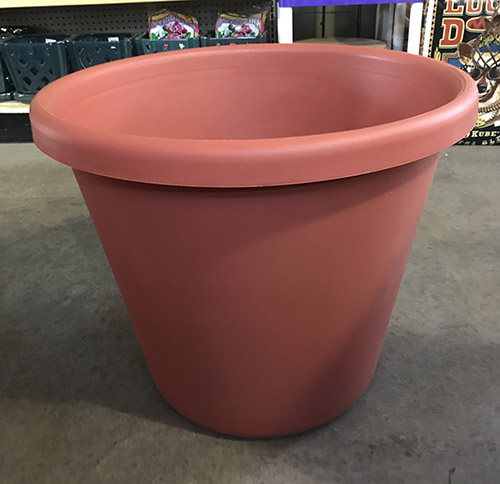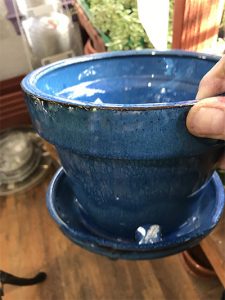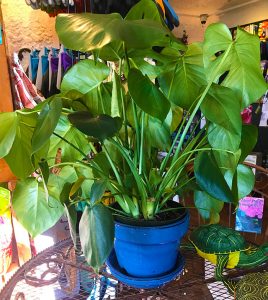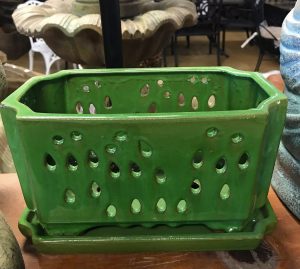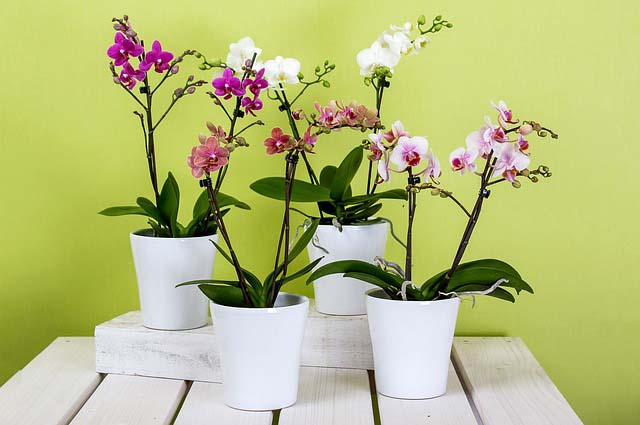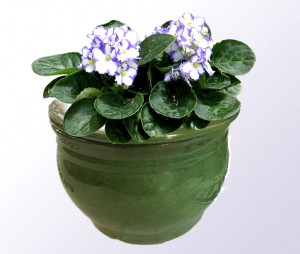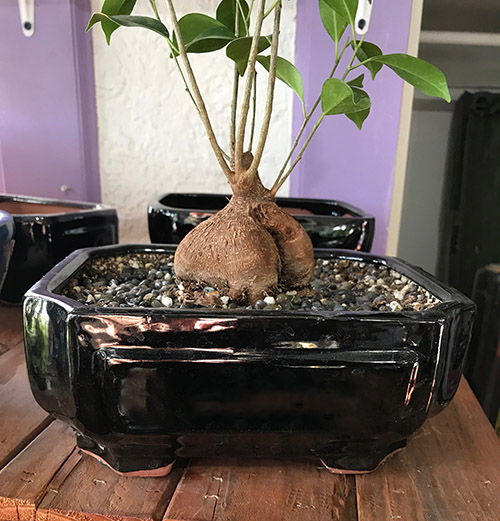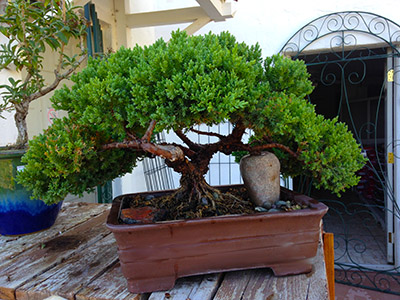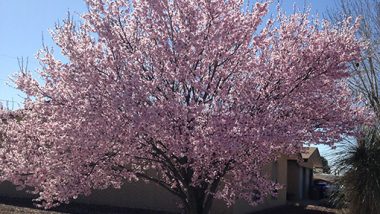Last updated on March 1st, 2025 at 05:27 pm
Best pots for indoor plants. Indoor pottery will come in a wide range of colors, materials, and sizes.
Choosing the Best Pots for Indoor Plants
Terra-Cotta Clay Pots
These types of pots are unglazed and are made of clay. They are fired up at temperatures of more than 1500 F. They are porous which means the pot itself will absorb water and soil. You will have to keep your eye on watering a little more often. Clay pots are perfect for succulent-type plants as shown in the image below.
Clay pots do tend to break or crack if you bang them around the ground or on a hard surface. It’s always best to use a terracotta saucer to help with drainage. This style of pots is great for country or rustic-type homes. Additionally, it’s best to soak clay pots in water before actually using them (24hrs). You are priming the clay to hold water and soil.
Types of Plants for Clay Pots. Bromeliads, Jade, Succulents, Orchids, and indoor types of cactus.
Plastic Pots
Plastic pots are less expensive and retain water much longer than terracotta pots. They will not break when dropped and weigh a lot less than ceramic pots. Plastic pots nowadays are a good choice if you are on a budget. Many can look expensive but eventually, they will deteriorate a lot quicker than the ceramic types.
You can choose almost any type of indoor plant names for a plastic container. Below is a large plastic terra-cotta-colored pot. Great for larger types of indoor plants.
Ceramic Pots
There are hundreds if not thousands of ceramic pots that you can choose from. They last longer and are better looking. Furthermore, Glazed ceramic pots do not dry out as quickly, and they do stop air from getting through the pots hence less watering. However, plants in ceramic pots will dry out quicker because they will retain heat from the sun if they are placed outdoors in full sun.
Most local nurseries will have a good choice of indoor/outdoor pots to choose from.
Purchasing the right ceramic pot for your indoor plant is important. A small plant in a large container or vice versa will not look right. Your ceramic pot should have a hole at the bottom for drainage it’s important to occasionally check the hole in case it gets plugged. Your plant will develop root rot if it does not drain consistently.
Best pots for indoor plants
As a rule of thumb, the taller your plant, the taller your pot should be.
Orchid Pots
The best pots for orchids are ones that have holes all around. Orchids love to have their roots system out in the open air. They absorb moisture and carbon dioxide through the air. Orchids also like orchid bark and not potting soil or mix. Learn more about orchids here.
You can also use terra-cotta pots for orchids the root system will eventually come up and over the edge of your pot.
African Violet Pots
African Violet Pots are somewhat different. They are like terra-cotta pots and are picky when it comes to touching the foliage, including water. So…it’s best to use African Violet pots for your indoor decoration. The glazed pots will last longer and give you a better design.
See the image below. The pot on the left goes inside the pot on the right. You fill the pot on the right with water, then insert the pot on the left. There will be an overfill of water so do this inside a sink or outdoors. Remember, the insert pot on the left needs to be primed. This means soaking the pot in water for about 24 hours.
An African Violet plant inside the same pot above.
Learn more about African Violets here.
Bonsai Pots
Small Bonsai pots are used for… ok, get ready for this…Bonsai plants. These pots are usually short and shallow and the reason for this is that you want your plant or bonsai tree to stay small. The smaller the pot the more restricted the plant will NOT grow. It basically will dwarf the plant or it will not grow to its normal size. The rule is one year in the pot will equal about 7 years grown in the ground.
It’s important to have drainage holes in all bonsai pots. Sometimes, these pots come with copper wiring to help keep the plant in place. Tie the plant around the root system and cover it with good bonsai potting soil. The majority of bonsai pots are ceramic, but they do come in glazed terra-cotta and plastic.
A nice-looking Ginseng Ficus inside a Black Bonsai Pot.
A Dwarf Spreading Juniper in a Typical Bonsai Pot
Ask for these types of pots at your local nursery. Color Your World and Guzman’s Greenhouse will normally have these pots in stock throughout the seasons.
If you have questions about any of the pots above, you can comment below. Or contact us at guzmansgreenhouse.com/contact

Greenhouse Manager, Master Gardener, and Webmaster.
If you have any questions or enjoyed this post, feel free to share your thoughts in the comments below.


